#cornelius vanderbilt
Text
History fans defend their faves like “He’s just a guy!!! He didn’t do anything wrong :c” girl that is CLEARLY a 19th century business mogul who probably employed children 😭
#this is also directed towards myself and my cornelius vanderbilt fixat#history#historical figures#history nerd#history buff#gilded age#victorian#hyperfixation#history community#amrev#frev#titanic#history memes#railroads#andrew carnegie#GIRL JP MORGAN IS NOT YOUR WAIFU#cornelius vanderbilt#apush#us history#ap us history#john d. rockefeller#edwardian#ap world history
77 notes
·
View notes
Text
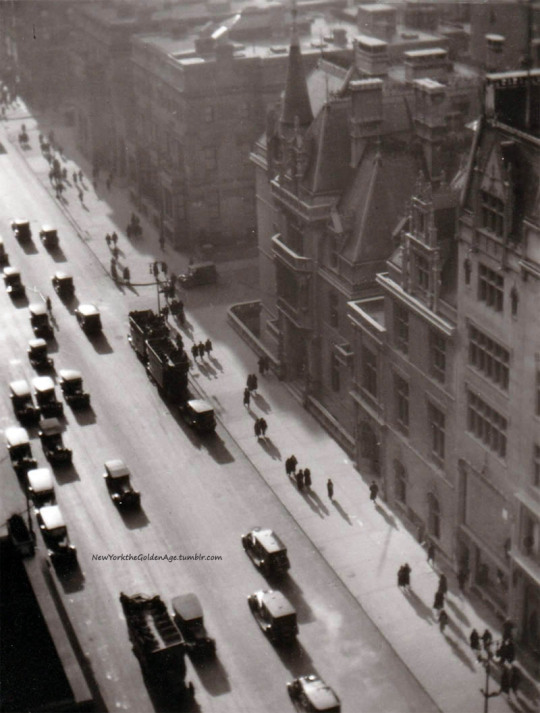
A misty day on Fifth Avenue, 1923. On the right is the old Cornelius Vanderbilt mansion, which was torn down three years later. Bergdorf Goodman was built on the location.
Photo: Ralph Steiner via Artsy
#vintage New York#old New York#1920s#Ralph Steiner#Fifth Ave.#Vanderbilt mansion#Cornelius Vanderbilt
162 notes
·
View notes
Text
I’m trying to come up with a master list of people that named their children George Washington
#I’ve got like 4 people off the top of my head#those being:#lafayette#benjamin tallmadge#john quincy adams#cornelius vanderbilt#but I 100% believe there’s like a whole bunch of other people#amrev
42 notes
·
View notes
Text
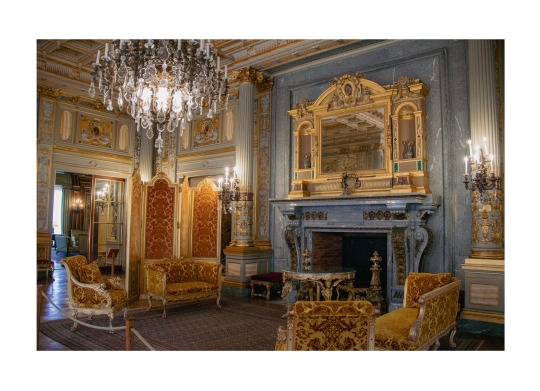
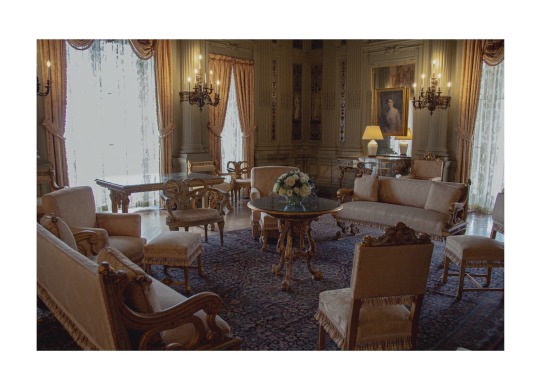
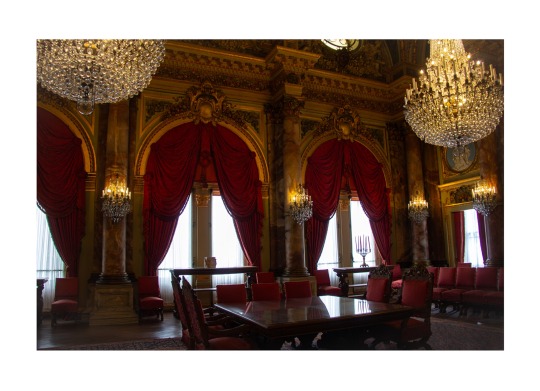



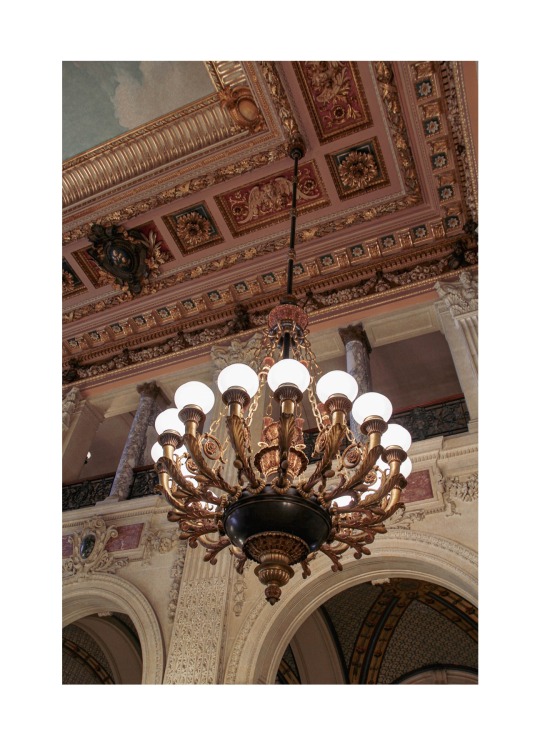
The Breakers Music Room —
The MUSIC ROOM, designed by Richard van der Boyen and Allard et Fil, reflects the French Baroque interior the Vanderbilts would have seen in places like the Paris Opera House, and was the setting for family weddings and debutante parties. Gold and silver leaf, blue-grey Campan marble from France, mirrors, and crystal light fixtures combine to make a glittering effect for evening concerts and receptions. The spirit of music and numerous great composers are celebrated in the ceiling painting. This room and furnishings, in addition to those in the Morning Room, were designed and constructed in France then shipped to this location for installation.
————————————————————————
The Breakers Morning Room —
The wall paneling in the MORNING ROOM was designed by Richard van der Boyen, who carved elaborate garlands and figures in the late Renaissance style. Classical mythology and allegories decorate this room, from the painted allegory of the four seasons on the ceiling, to the Muses who appear in the corners of the room, painted on platinum leaf panels.
The room also displays portraits of Cornelius Vanderbilt II by the preeminent American portrait painter, John Singer Sargent, and the Count Laszlo Széchényi and Countess Gladys Széchényi, by the Hungarian artist Philip Alexius De László. Countess Széchényi was born Gladys Vanderbilt, the youngest of Cornelius and Alice's children. In 1908, Gladys married Count Laszlo Széchényi, a member of Hungary's premier aristocratic family and a minister to the Court of St. James in London and, later, to the United States.
When her mother Alice passed away in 1934, Countess Széchényi inherited The Breakers. In 1948, to raise funds for the Preservation Society's restoration of Hunter House, Countess Széchényi opened The Breakers to the public for tours. That same year, she leased The Breakers to the Preservation Society for $1.00 a year and continued to fund the maintenance of the house. The Preservation Society purchased The Breakers in 1972 for approximately $400,000. As an early member and supporter of the Preservation Society, Countess Széchényi made a major contribution to the preservation of Newport's architectural heritage.
——————————————————————————
The Breakers Breakfast / Dining Room —
The BREAKFAST ROOM served as both breakfast room and informal family dining room. The table, which may be extended to seat 16 would have seated the entire family or served as seating for a small, informal dinner or luncheon. One of the premier decorators for America's elite families, Jules Allard et Fils Cules Allard & Sons) of Paris, supplied the Louis XV style furniture for the room and decided on the room's color scheme. The Vanderbilts were surrounded by imagery of the harvest.
Look around to see fruits and vegetables plentifully adorning the walls. The 12 rose-colored stone columns are solid alabaster and draw your eyes upward to the ceiling painting of the goddess Aurora heralding the dawn. The massive chandeliers and wall sconces in the Imperial design are made of French Baccarat crystal, and were piped for gas and wired for electricity at the time the house was built. The crown shaped tops indicate the style, while the rings on the chains were used to adjust the flow of gas.
Allard and Sons of Paris assisted Hunt with furnishings and fixtures, Austro-American sculptor Karl Bitter designed relief sculpture, and Boston architect Ogden Codman decorated the family quarters. The mansion covers nearly an acre of the 13-acre property and has 70 rooms including 48 bedrooms for family and staff. There are 27 fireplaces. It was equipped with electricity – still a novelty in houses during the Gilded Age – as well as gas for lighting.
The Breakers has entertained presidents, royalty and guests from across the world for more than 125 years and today is visited by hundreds of thousands of people each year. It is the flagship of the Newport Mansions and a world-famous iconic image of the City-by-the-Sea. The Breakers was designated a National Historic Landmark in 1994.
#the breakers#the breakers mansion#Vanderbilt mansion#cornelius vanderbilt#Newport mansions#newport#gilded age#baroque#historic houses#architecture lovers#architecture#Newport Rhode Island#explore New England
12 notes
·
View notes
Text
#malan breton#fashion#malanbreton#malan#menswear#nyfw#metaverse#movies#music#consuelo vanderbilt#cornelius vanderbilt#gilded age#Spotify
3 notes
·
View notes
Text
The First Tycoon: The Epic Life of Cornelius Vanderbilt
The First Tycoon: The Epic Life of Cornelius Vanderbilt
A Pulitzer-winning #biography of the richest early American, a pioneer of steamboats and railroads and a dominant framer of the American economy.
#BookReview #ScottsBookReview
Alexander Hamilton, America’s first Treasury Secretary, is often credited with forming the nation’s new economic system. Not far behind him (or even beside him) sits Cornelius Vanderbilt. In modern times, his name is most associated with a university in Nashville, but his legacy touched many turning points of nineteenth-century America. In this biography, Stiles describes Vanderbilt’s story…

View On WordPress
2 notes
·
View notes
Text
the trolley problem was just invented by Big Trolley to sell more trolleys
#fuck trolleys#trolleys are just less cool trains#Big Trolley owns all the banks#Cornelius Vanderbilt is rolling in his grave
8 notes
·
View notes
Text

Henry ‘Chips’ Channon: The Diaries (Vol. 1), 1918-38, entry for 2nd July 1923
—
Monday 2nd July
In the evening we dined at Brook House some ninety strong with General and Mrs Vanderbilt.¹ Later there was a large ball, very fashionable and grand yet ‘kind’. Mrs Vanderbilt passed first into dinner with Paul of Serbia, which was correct but seemed to irritate Lord Curzon .... At midnight the P of W and the Yorks arrived ... her² first ball. Everyone was interested to see what would happen and what etiquette would be precedented and established. She was charming, dignified and blushing a little. Everyone ‘bobbed’ to the ground, if anything even lower than to the princes. Now that is settled. She brought no lady-in-waiting as Princess Mary³ frequently does ...
—
1. Brigadier General Cornelius Vanderbilt III (1873-1942), of New York, was a soldier and yachtsman: in 1896 he married, greatly against his father’s wishes, Grace Graham Wilson (1870-1953).
2. The former Lady Elizabeth Bowes-Lyon.
3. Princess (Victoria Alexandra Alice) Mary (1897-1965), only daughter of King George V and Queen Mary. She married Henry George Charles Lascelles (1882-1947), by courtesy Viscount Lascelles, who in 1929 became the 6th Earl of Harewood. She was created Princess Royal in 1932.
#chips channon#channon diaries#1923#1920s#cornelius vanderbilt iii#grace vanderbilt#prince paul of yugoslavia#george curzon#edward viii#george vi#queen elizabeth the queen mother#mary princess royal#brook house#🕰️
4 notes
·
View notes
Text

3 notes
·
View notes
Text
A Tadpole on Wheels
Above: British architect Norman Foster's 2010 recreation of R. Buckminster Fuller's 1933 Dymaxion car. (Wikipedia)
Despite the limitations of 1930s technology, a few architects and designers were hell-bent on building a streamlined future that until then was mostly the stuff of movies and science fiction magazines.
May 5, 1934 cover by Rea Irvin.
One of them was R. Buckminster Fuller (1895–1983),…
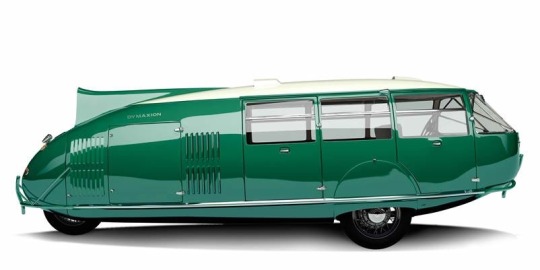
View On WordPress
#20th Century 1934#Barbara Shermund#Burlington Zephyr#Carl Rose#Charles Addams#Cornelius Vanderbilt Jr#Daniel &039;Alain&039; Brustlein#Dymaxion car#E.B. White#Eli Garson#Gardner Rea#George F. T. Ryall#George Price#Hitler&039;s Reign of Terror 1934#James Thurber#John Barrymore#John Dillinger#John Mosher#Kentucky Derby 1934#Leonard Dove#Norman Foster#Perry Barlow#Peter Arno#R. Buckminster Fuller#Whitney Bourne#William Steig
3 notes
·
View notes
Text

There’s that one myth about Cornelius Vanderbilt being a major factor in the creation of potato chips…. I couldn’t help but just run with this idea 😭
#digital art#illustration#character design#history#concept art#memes#history memes#historical figures#cartoons#cornelius vanderbilt#robber barons#gilded age#apush#american history#victorian#railroad history#mmmm capitalism
35 notes
·
View notes
Text
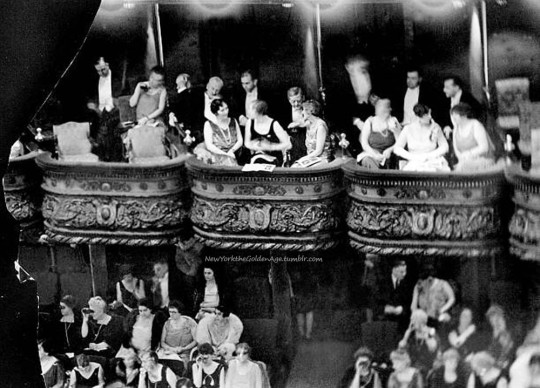
Monday was the fashionable night at the Metropolitan Opera, and October 28, 1929 was opening night of the season. "The dowager Mrs. Cornelius Vanderbilt" (as she was always described, at center above the aisle) and guests are sitting in the famous Diamond Horseshoe tiers of boxes. This was the last hurrah before the crash. The stock market was already in crisis, but on the following day, Black Tuesday, stock prices collapsed completely.
Photo: Harry Warnecke for the NY Daily News via Getty Images
#New York#NYC#vintage New York#1920s#Harry Warnecke#Metropolitan Opera#opera#opening night#1929 Market Crash#Mrs. Cornelius Vanderbilt#Diamond Horseshoe#opera box#stock market crash
74 notes
·
View notes
Text
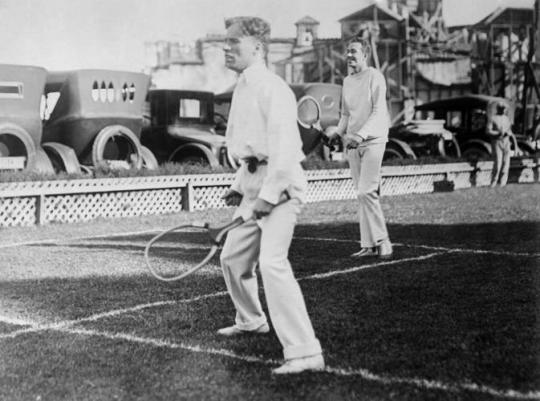
Caption reads:
"Charles Chaplin and Cornelius Vanderbilt playing as partners in new and fascinating game, similar to tennis, except that a feathered cork replaces the ball, Los Angeles April 11th 1923. (AP photo)
4 notes
·
View notes
Text
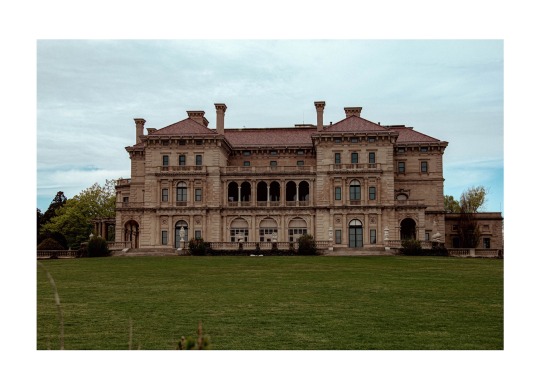
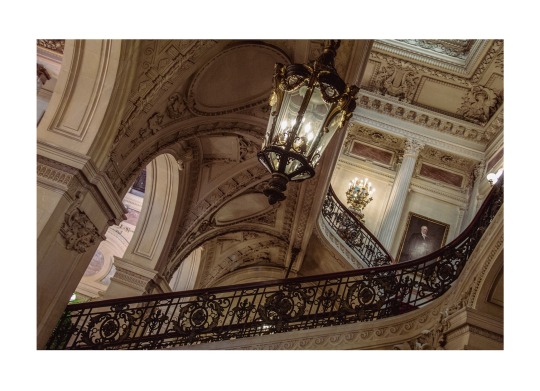
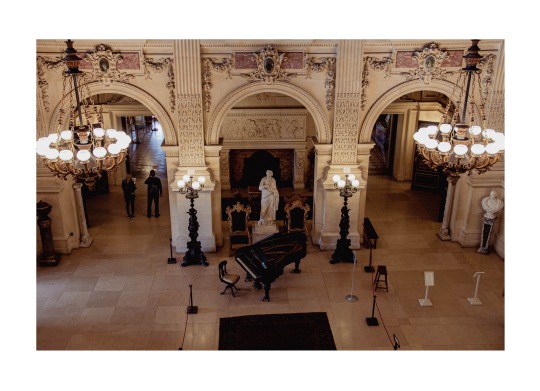


The Breakers Newport Mansion —
Built by Cornelius Vanderbilt II, one of the richest men in America, The Breakers is the grandest of Newport's summer "cottages." The Breakers was everything a millionaire of the Gilded Age could want in a summer getaway. The Breakers was built from 1893-1895 to replace a smaller, wooden house that had been destroyed by a fire. To reduce the risk of another fire, Vanderbilt and his wife, Alice, commissioned architect Richard Morris Hunt, a leading architect of the Gilded Age, to design the new structure of steel, brick and limestone; utilities such as the boilers were placed underground and away from the house.
The Vanderbilt's summer home was modeled on Italian Renaissance palaces with open air courtyards, the finest American and European craftsmanship, and modern technology combined to make the ideal setting for luxurious living and entertaining.
——————————————————————————
The Breakers Great Hall —
The GREAT HALL is the largest room in this house, measuring approximately 50 feet wide by 50 feet long by 50 feet high. The ceiling is painted to look like the sky, which along with the large doors that open to the ocean breezes evokes the feeling that you are outdoors. Looking up at the ceiling, you will see four blue-green medallions with the acorn and oak leaf inside. This is the Vanderbilt family symbol of strength and longevity and can be seen in many places throughout the house.
Many parties were held in this room over the years, with the first being in 1895 for Miss Gertrude Vanderbilt. Over the years, this hall was the scene of tricycle rides and sliding down the grand staircase on silver dinner trays by children in the family.
The house stands as a symbol of the Vanderbilt family's social and financial power in 19th and early 20th century America - a period known as The Gilded Age, when the nation became a world economic power. The Vanderbilts were prominent in the worlds of society, sport, business, fashion, and cultural life. The term, "Gilded Age" referred not only to the great wealth produced by vast economic and industrial growth in the years following the Civil War (1861 - 1865), but also the social changes and inequities that were growing at the same rate as the American economy. This wealth was seen in opulent buildings and the Vanderbilts were among the country's greatest builders.
#the breakers#the breakers mansion#Vanderbilt mansion#cornelius vanderbilt#Newport mansions#Newport#gilded age#historic houses#architecture lovers#architecture#Newport Rhode Island#explore New England#baroque
9 notes
·
View notes
Text

1880 Raimundo de Madrazo y Garreta - Portrait of Mrs. Cornelius Vanderbilt II (Alice Claypoole Gwynne)
(Newport Mansions)
365 notes
·
View notes
Text
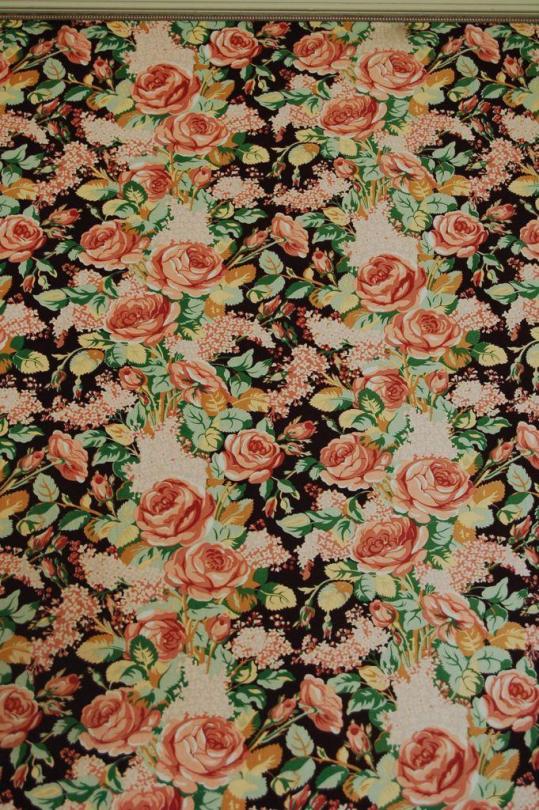
Richard Hunt, Ogden Codman
The Breakers, detail of wallcovering
Gertrude Vanderbilt Whitney Bedroom
1892-1895
Commissioned by Cornelius Vanderbilt II as a summer home.
Newport, Rhode Island, United States
130 notes
·
View notes